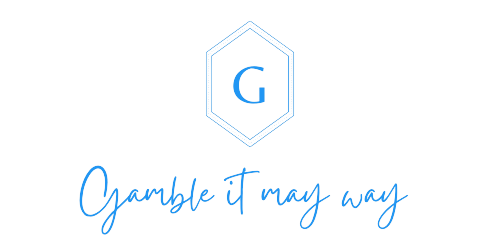
Table of Contents
ToggleIn our journey through life, the pursuit of self-improvement is an ever-present goal. We all desire to be the best version of ourselves, but the path to achieving this can often seem elusive and daunting. However, there exists a transformative approach that can revolutionize the way we perceive personal growth – the Virtue Map Plan. This unique concept provides a roadmap to self-improvement by focusing on the cultivation of virtues. By embracing and embodying these virtues, individuals can unleash their full potential and lead more fulfilling lives. In this article, we will explore the Virtue Map Plan, its guiding principles, and how it can empower you to become the best version of yourself.
Understanding the Virtue Map Plan
The Virtue Map Plan draws its roots from ancient philosophical and ethical principles, spanning cultures and civilizations. At its core, the plan revolves around the cultivation of virtues – positive traits or qualities that define moral excellence and character. Virtues such as courage, wisdom, compassion, integrity, and perseverance are among the building blocks of this transformative approach. By adopting these virtues and striving to embody them in our daily lives, we embark on a journey of self-discovery and personal growth.
The Building Blocks of Virtues
Before diving into the practical application of the Virtue Map Plan, it is essential to comprehend the underlying principles of virtues. Virtues are not innate; they are cultivated through conscious effort and continuous practice. The plan recognizes that no one is born perfect, but everyone has the potential to develop virtues over time.
The first step involves self-reflection and introspection. Identifying our strengths and weaknesses, as well as recognizing areas where virtues can be enhanced, lays the foundation for the Virtue Map Plan. By understanding ourselves better, we gain insights into what virtues we need to focus on to become the best version of ourselves.
Mapping Out Your Virtues
The next phase of the Virtue Map Plan involves creating a personalized map that outlines the virtues you wish to cultivate. Start by selecting a few key virtues that resonate with you and align with your aspirations. Remember, the goal is not to tackle all virtues simultaneously, but rather to focus on a few and gradually expand your virtue map over time.
Once you have chosen your initial set of virtues, delve deeper into each one. Understand what each virtue entails and how it can manifest in your life. For example, if you choose courage, consider the ways you can be courageous in various aspects of your life – whether it be standing up for your beliefs, taking risks to pursue your dreams, or facing challenges head-on.
Practicing Virtues in Daily Life
The true power of the Virtue Map Plan lies in its practical application. To make progress, virtues must be actively practiced and integrated into our daily routines. It is not enough to merely recognize the virtues; we must live them.
Practicing virtues in daily life involves conscious effort and perseverance. It may require stepping outside of your comfort zone, especially when trying to embrace virtues that are not yet well-developed within you. Over time, through consistent practice, these virtues become ingrained in your character, shaping the person you aspire to be.
Embracing Virtuous Role Models
Virtuous role models can serve as beacons of inspiration and guidance along the Virtue Map Plan. Whether historical figures, contemporary leaders, or personal mentors, virtuous individuals offer living examples of how virtues can be embodied in the real world.
Study the lives of these role models and learn from their experiences. Understand the challenges they faced and how their virtues helped them overcome adversity. Moreover, seek out mentors or peers who share your commitment to self-improvement. Surrounding yourself with positive influences can reinforce your dedication to the Virtue Map Plan and provide support during moments of doubt.
Navigating Setbacks and Challenges
No journey of self-improvement is without obstacles. Throughout the Virtue Map Plan, you will inevitably encounter setbacks and challenges that test your commitment to embodying virtues. However, it is crucial to view these moments not as failures but as opportunities for growth and learning.
During challenging times, revisit your virtue map and remind yourself of the progress you have made. Remember that cultivating virtues is a lifelong journey, and setbacks are a natural part of the process. By maintaining resilience and determination, you will emerge stronger and more virtuous in the face of adversity.
The Ripple Effect of Virtues
One of the most remarkable aspects of the Virtue Map Plan is its ripple effect. As you continue to cultivate virtues and become the best version of yourself, you inspire and uplift those around you. Your positive transformation becomes a catalyst for positive change in others, creating a virtuous cycle of growth and empowerment within your community and beyond.
Also Read: IS THE MEDICAL UNIVERSITY OF THE AMERICAS ACCREDITED
Conclusion
The Virtue Map Plan offers a profound and effective approach to becoming the best version of yourself. By embracing and embodying virtues, you unlock your potential and pave the way for personal growth and self-improvement. The journey may not always be easy, but the rewards are immeasurable – a life of purpose, fulfillment, and positive influence on others. So, take the first step today and embark on your transformative journey through the Virtue Map Plan. Embrace the power of virtues, and you will be amazed at the mind-blowing results in your pursuit of self-betterment.
